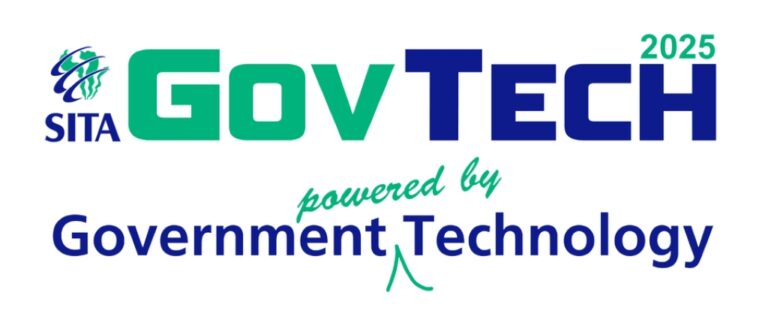The topic of prescribed debt in South Africa is one that continues to generate confusion and debate, largely due to industry-specific jargon and misinterpretations. As someone immersed in this landscape, I’ve observed how these misunderstandings not only frustrate consumers but also hinder the creation of a transparent and fair debt collection process. This calls for a deeper exploration into what prescribed debt truly means, and a critical examination of how the language we use contributes to unnecessary conflict.
At its core, prescribed debt is meant to protect consumers from indefinite liability. According to the Prescription Act 68 of 1969, a debt becomes prescribed if no acknowledgment of the debt occurs, no payments are made, and no summons is issued for a continuous period of three years. Once prescribed, the debt is no longer enforceable, providing relief for consumers burdened by long-forgotten obligations. However, many people fail to grasp the nuances of this law, partly due to the terminology used in the financial and debt collection industries.
Consider the term “written-off.” In casual conversation, this might imply the debt has been forgiven or erased. For consumers, this phrase conjures the idea of a clean slate. But for creditors, “written-off” is an internal accounting mechanism—nothing more than a reclassification of the debt as unlikely to be recovered. It doesn’t mean the debt has vanished. On the contrary, it can still be pursued, sold, or even repaid. This disconnect often leads to frustration when consumers learn their so-called “written-off” debts are still very much alive in the eyes of the creditor.
This confusion is not a trivial matter. Misunderstandings surrounding prescribed debt and related terminology have real-world implications. Consumers might unknowingly restart the prescription clock by making a small payment or acknowledging a debt in writing. What they see as a goodwill gesture, creditors see as a legal reset. It’s a gap in understanding that the National Credit Act (NCA) sought to address in 2015 through the introduction of Section 126B. This amendment prohibits the sale or collection of prescribed debts under credit agreements, shifting the responsibility onto creditors and collectors to ensure they act ethically and within the law.
While this is a step in the right direction, the implementation of Section 126B has not been without challenges. Many consumers remain unaware of their rights under this amendment. The burden of education often falls on financial literacy initiatives, which, despite their noble intentions, struggle to reach the most vulnerable. For instance, how many people know they’re entitled to a free credit report every year? How many understand the process of disputing outdated or inaccurate listings on their credit profiles? These are critical tools for financial empowerment, yet they remain underutilized due to a lack of awareness.
Adding to the complexity is the financial industry’s reliance on legal precedents that often favor creditors. Take the case of Malone & Another v FX Africa Foreign Exchange (Pty) Ltd & Others. Here, the court ruled that a creditor writing off a debt in its financial statements does not equate to abandoning the debt. This judgment underscores the stark difference between how creditors and consumers perceive “written-off” debts. While the decision was legally sound, it further entrenches the divide between financial institutions and the individuals they serve.
If we are to move toward a more equitable system, the first step must be transparency. Industry players must adopt plain language in their communications, ensuring consumers fully understand their rights and responsibilities. Jargon like “written-off,” “charged-off,” and “impairment” should be accompanied by clear explanations, stripping away the ambiguity that so often leads to disputes.
But transparency is only one piece of the puzzle. Education is equally vital. Financial literacy programs need to focus on demystifying debt-related terms and processes. This includes teaching consumers how to review their credit reports, recognize prescribed debts, and assert their rights under the NCA. Collaboration between government agencies, credit bureaus, and community organizations can play a crucial role in this effort.
Ultimately, prescribed debt is not just a legal or financial issue—it’s a social one. The people most affected by these complexities are often those with the least access to resources and information. They’re the ones who can least afford to misunderstand the fine print or navigate a convoluted system. As such, the onus is on industry leaders, policymakers, and advocates to bridge this gap.
For creditors, a shift in perspective is overdue. Instead of viewing prescribed debt as a legal loophole to exploit, it should be seen as a safeguard that promotes ethical practices and consumer trust. Improving debt collection processes, such as engaging with debtors earlier and more transparently, benefits everyone. After all, a system that relies on trickery or ignorance to recover debts is unsustainable and damaging in the long run.
For consumers, the message is clear: knowledge is power. Take the time to educate yourself about your rights and the terms used by creditors. Ask questions, dispute inaccuracies, and seek help from institutions like the Credit Ombud or the National Credit Regulator. The more informed you are, the better equipped you’ll be to navigate the complexities of debt.
The conversation around prescribed debt and industry terminology is far from over. It’s a dialogue that requires input from all sides—creditors, consumers, regulators, and advocates. By fostering understanding and promoting fairness, we can create a financial ecosystem that respects the rights of all stakeholders. It’s a humble but urgent thought, and one worth acting on.
Nonkehla Motsiri
Contact Centre Manager at Ntiyiso Revenue Consulting




